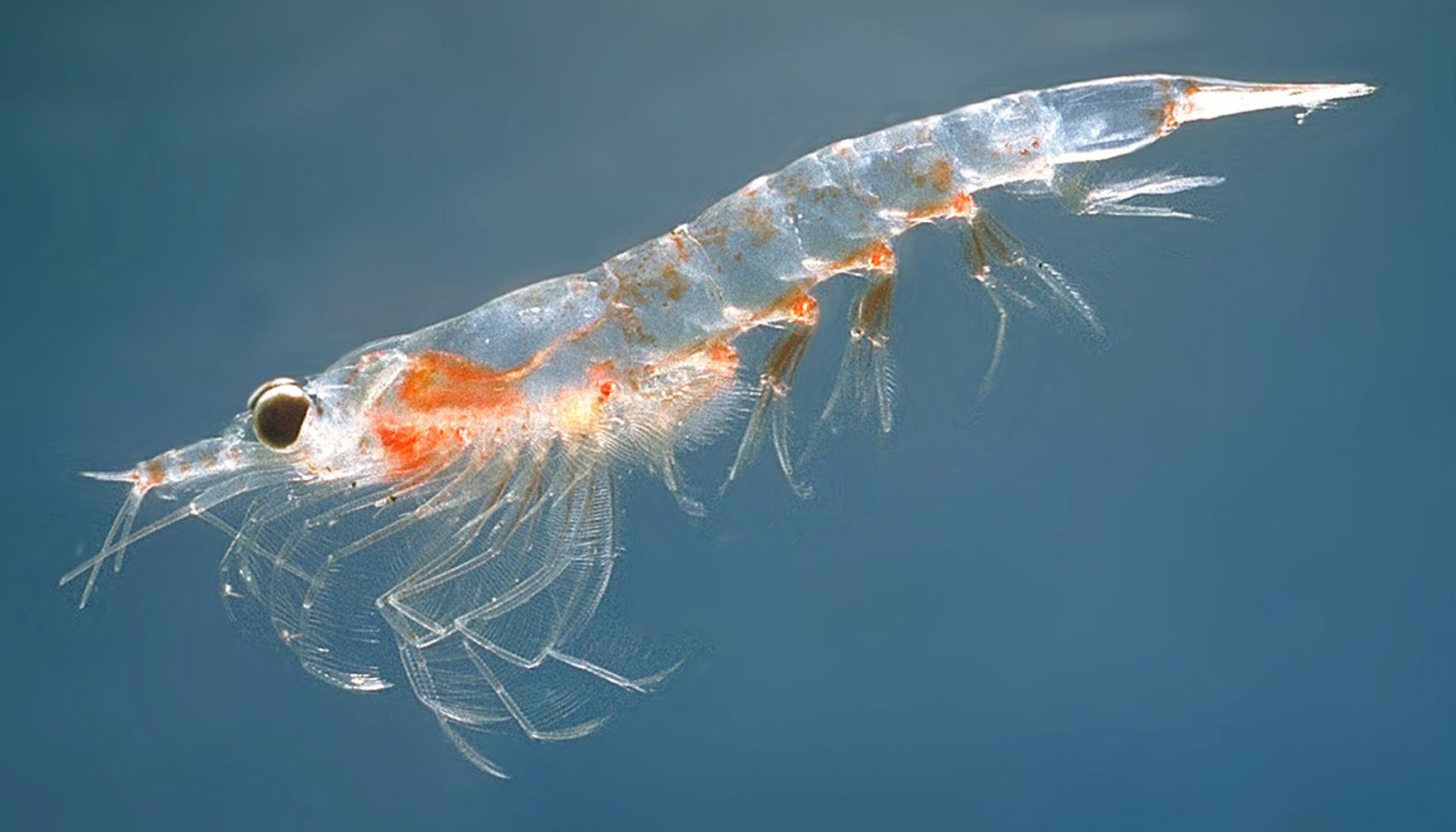- Bacteria are present in all regions of lentic waters. Free-living forms are associated with decomposing organic material, biofilm on the surfaces of rocks and plants, suspended in the water column, and in the sediments of the benthic and profundal zones.Bacteria play an important role in system metabolism through nutrient recycling.
 |
| Picture of a Bacteria |
- Algae, including both phytoplankton and periphyton are the principle photosynthesizers in ponds and lakes. Phytoplankton are found drifting in the water column of the pelagic zone. Many species have a higher density than water which should make them sink and end up in the benthos. To combat this, phytoplankton have developed density changing mechanisms, by forming vacuoles and gas vesicles or by changing their shapes to induce drag, slowing their descent.
 |
| Algae |
- Zooplankton are tiny animals suspended in the water column. Like phytoplankton, these species have developed mechanisms that keep them from sinking to deeper waters, including drag-inducing body forms and the active flicking of appendages such as antennae or spines.
 |
| Picture of Zooplankton |
- Fish and other vertebrates. Fish have a range of physiological tolerances that are dependent upon which species they belong to. They have different lethal temperatures, dissolved oxygen requirements, and spawning needs that are based on their activity levels and behaviors. Because fish are highly mobile, they are able to deal with unsuitable abiotic factors in one zone by simply moving to another
 |
| Image from - National Geographic |
- Other species, like: amphibians (e.g. salamanders and frogs), reptiles (e.g. snakes, turtles, and alligators), and a large number of waterfowl species; spend part of their time in terrestrial habitats and thus are not directly affected by abiotic factors in the lake or pond. Many fish species are important as consumers and as prey species to the larger vertebrates mentioned above.
 |
| A frog |
I think that a lake's ecosytem is a very intresting topic because we know so little about it due to its fast adapting species. We could say that a lake is like a mini-ocean that's constantly changing, adapting to its enviorment.
Ref.
- Gliwicz, Z. M. "Zooplankton", pp. 461–516 in O'Sullivan (2005)
- Browne, R. A. (1981). "Lakes as islands: biogeographic distribution, turnover rates, and species composition in the lakes of central New York". Journal of Biogeography. 8 1: 75–83
- Moss, B. (1998). Ecology of Freshwaters: man and medium, past to future. Blackwell Science, London. p. 557.
- wikipedia.org/wiki/Lake_ecosystem
- Gliwicz, Z. M. "Zooplankton", pp. 461–516 in O'Sullivan (2005)
- Browne, R. A. (1981). "Lakes as islands: biogeographic distribution, turnover rates, and species composition in the lakes of central New York". Journal of Biogeography. 8 1: 75–83
- Moss, B. (1998). Ecology of Freshwaters: man and medium, past to future. Blackwell Science, London. p. 557.
- wikipedia.org/wiki/Lake_ecosystem
No hay comentarios:
Publicar un comentario